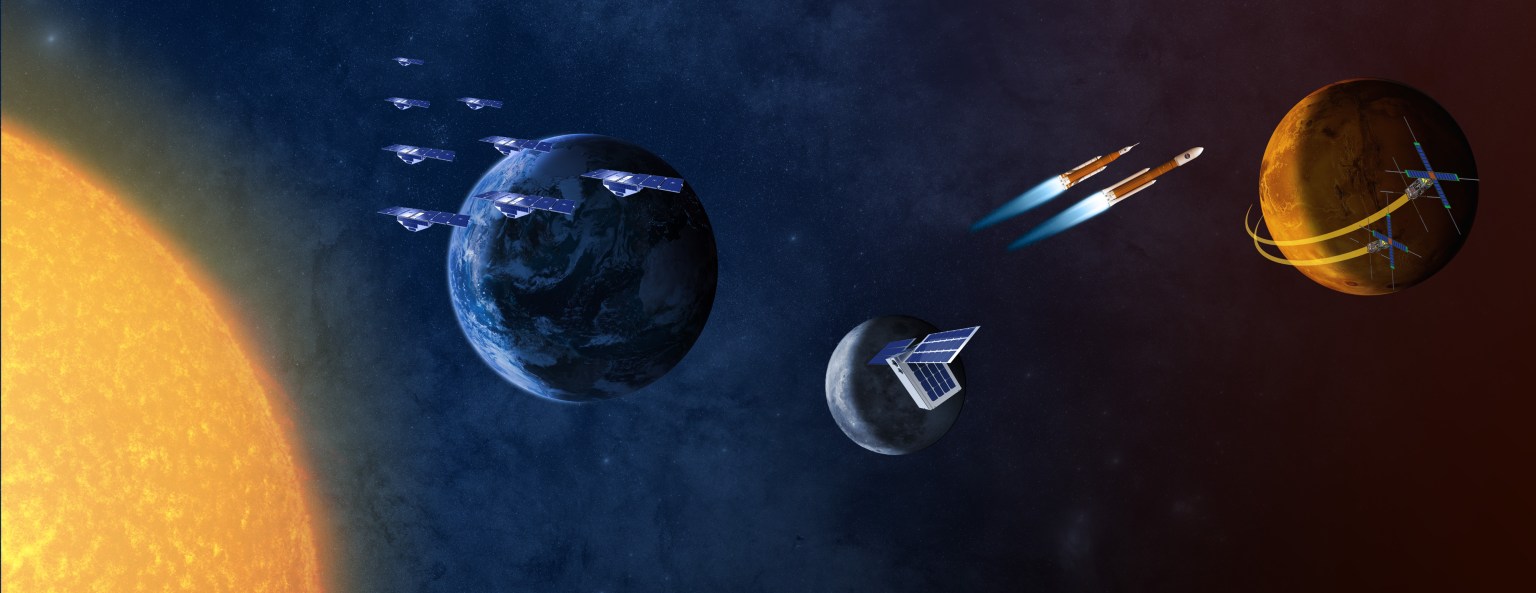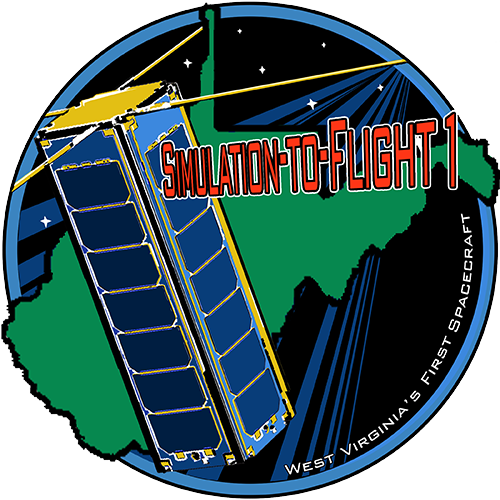Small Spacecraft Community of Practice
Subscribe to receive announcements for the Small Spacecraft Systems Virtual Institute’s (S3VI) monthly webinar series and quarterly newsletter here. We look forward to your participation!

Emerging Low Toxicity “Green” Chemical Propulsion Technologies for SmallSats
Speaker: Daniel P. Cavender, Marshall Space Flight Center
Wednesday, September 16, 2020
10:00AM-11:00AM Pacific Daylight Time
Click here to watch the webinar.
Click here to download the presentation.
Please contact Julianna.L.Fishman@nasa.gov if you experience issues with the audiovisual connection to this webinar.
Abstract:
In 2013, NASA’s Small Spacecraft Technology (SST) program within the Space Technology Mission Directorate, first commissioned and published the Small Spacecraft Technology State of the Art (SOA) report in response to the rapid growth in small spacecraft. The SOA, which covers all areas of technology (e.g., power, propulsion, communications), is focused as an “end-users” guide to help identify “ready” technologies. The SOA was revised in 2015 and 2018, with another revision to be released in 2020.
The NASA Green Propulsion Working Group (GPWG) developed the ‘NASA Green Propulsion Technology Development Roadmap’ following a 2015 inter-agency roadmap effort on the state of green propellant technologies. That document, NASA TP-NASA/TP-2018-219861, identified several areas for further technology development, and is available in the public domain. Based on that roadmap, NASA’s GPWG seeks to 1) Establish Agency Vision for Green Propulsion, 2) Provide Guidance to Focus Energies and Resources, and 3) lead Knowledge Archiving, Distribution, and Utilization.
Since the SmallSat SOA report, and the GP Roadmap, a rapid development has occurred in green propulsion. However, there is still a perceived lack of flight heritage and/or development maturity. The objective of this presentation is to provide Mission Planners with a quick reference guide to selecting green propulsion systems that are flight ready, and those that are positioned for flight readiness with little additional investment. This presentation, focuses on the two most prominent ionic liquid blends, frequently referred to as “green monopropellants” (i.e., AF-M315E (ASCENT), LMP-103S, etc). It is a survey of green propulsion technologies as discussed in open literature and does not intend to be a primary, original source. End users should consult primary sources for specifics on performance or capabilities. This work only considers literature in the public domain to identify and classify devices and is intended to be an open, publicly available document. Commonly used sources for data include manufacturer datasheets, conference papers, journal papers, filings with government agencies, and news articles.
We recognize that a greater wealth of knowledge is covered under limited distribution or restricted (e.g. export controlled) formats. Where feasible we will reference general technologies for awareness without divulging restricted specific content.
Biosketch:
Daniel Cavender is a Project Manager in NASA’s Exploration Systems Development Branch (ST24) at MSFC. Mr. Cavender manages the development of the Lunar Flashlight Propulsion System (LFPS) project, a low toxicity, chemical propulsion system for a JPL 6U CubeSat mission. Mr. Cavender remains a Principle Member and champion of the low toxicity “Green” Propulsion Technologies and SmallSat Propulsion at Marshall Space Flight Center (MSFC). Mr. Cavender has proposed and won, 11 cooperative agreement notice (CAN), 3 Technical Excellence, and a NASA Innovation Kick Starter (NIKS) award. His work has resulted, in qualification of spaceflight hardware for the LFPS mission, improvements to 6 different commercial propulsion components, submission of 10 new technology reports (NTRs), successful technology transfer of three inventions, publication of more than 40 technical publications, supporting work that has assisted students in achieving advanced degrees in the aerospace career field. Mr. Cavender has a Master’s Degree in Aerospace Engineering from the University of Alabama in Huntsville. Mr. Cavender’s leadership and engineering style places emphasis on mentorship, trans-disciplinary team building, honing engineering judgement and technical acumen, collaboration and data sharing, talent recruiting, planning and execution, and intrinsic motivation. Mr. Cavender believes that small satellites will serve as the engine of maturation to help demonstrate many advanced propulsion technologies.
S3VI encourages the community to submit questions before the webinar to enable more directed responses. Please send questions to raquel.l.redhouse@nasa.gov.






























